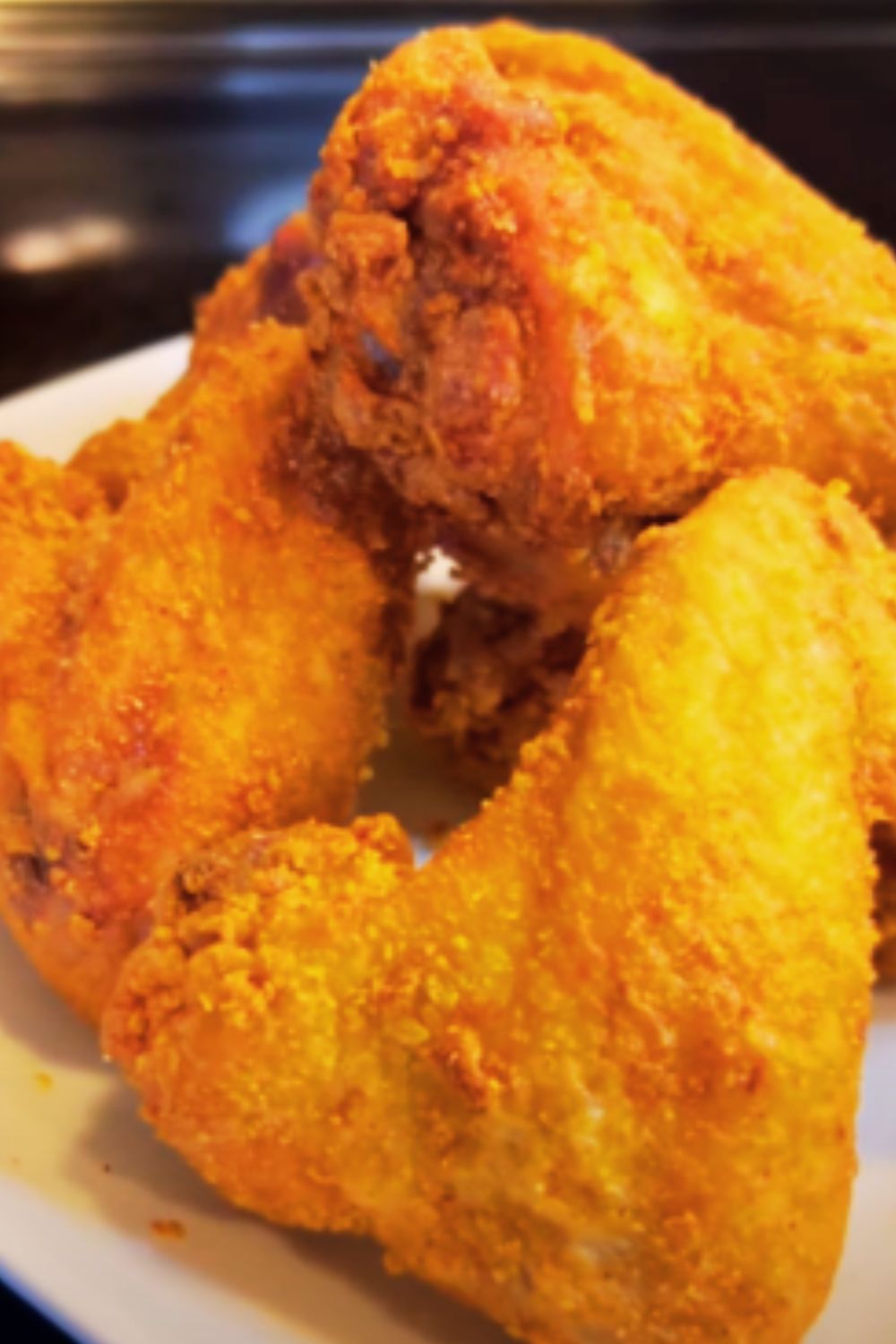The Heart of Southern Comfort Cooking
When it comes to quintessential Southern cuisine, fried chicken reigns supreme. My journey into perfecting this iconic dish began with a simple challenge: creating mouth-watering fried chicken without the traditional buttermilk marinade. Let me share the secrets I’ve discovered through years of kitchen experiments and family recipes.
Why Skip Buttermilk?
Many home cooks believe buttermilk is essential for crispy, flavorful fried chicken. However, I’m here to prove that alternative methods can yield equally delectable results. Whether you’re out of buttermilk, have dietary restrictions, or simply want to try something new, this recipe will become your go-to method.
The Science Behind Perfect Fried Chicken

Key Ingredients for Success
| Ingredient | Purpose | Recommended Type |
|---|---|---|
| Chicken Pieces | Protein Base | Bone-in, skin-on thighs and drumsticks |
| All-Purpose Flour | Coating | Unbleached, high-protein content |
| Eggs | Binding Agent | Large, fresh eggs |
| Seasonings | Flavor Enhancement | Kosher salt, black pepper, paprika |
| Neutral Oil | Frying Medium | Vegetable or peanut oil |
Alternative Marinating Techniques
Instead of buttermilk, I’ve discovered three exceptional marinating methods:
- Brine Solution
- Creates moisture and flavor penetration
- Simple salt water mixture
- Helps tenderize chicken meat
- Yogurt Marinade
- Provides similar acidity to buttermilk
- Adds tanginess and tenderness
- Works with both dairy and non-dairy yogurts
- Pickle Juice Method
- Unexpected but incredibly effective
- Adds unique flavor profile
- Helps tenderize meat through natural acids
Step-by-Step Cooking Process

Preparation Stage
- Select high-quality chicken pieces
- Trim excess fat
- Pat chicken completely dry with paper towels
- Prepare seasoning station with separate bowls
Marinating Technique
My preferred method involves:
- Creating a salt water brine
- Soaking chicken for 2-4 hours
- Ensuring maximum flavor absorption
- Refrigerating during marination process
Coating and Breading
Dry Ingredient Mixture:
- 2 cups all-purpose flour
- 2 tablespoons kosher salt
- 1 tablespoon black pepper
- 1 teaspoon paprika
- 1/2 teaspoon garlic powder
Wet Ingredient Mixture:
- 3 large eggs
- 1/4 cup water
- 1 tablespoon hot sauce (optional)
Frying Technique
- Use heavy-bottomed cast-iron skillet
- Maintain oil temperature at 350°F
- Fry in batches to prevent overcrowding
- Cook until internal temperature reaches 165°F
Pro Tips for Crispy Perfection

- Temperature is Key
- Use a digital thermometer
- Maintain consistent oil temperature
- Avoid oil that’s too hot or too cold
- Resting Period
- Allow fried chicken to rest on wire rack
- Helps maintain crispy exterior
- Prevents soggy bottoms
- Oil Selection
- Choose oils with high smoke point
- Peanut and vegetable oils work best
- Avoid olive oil or butter
Serving Suggestions
Classic Accompaniments
- Homemade coleslaw
- Cornbread
- Mashed potatoes
- Collard greens
Nutrition and Storage
Nutritional Breakdown (Per Serving)
| Nutrient | Amount | Daily Value |
|---|---|---|
| Calories | 320 | 16% |
| Protein | 25g | 50% |
| Fat | 22g | 34% |
| Carbohydrates | 8g | 3% |
Storage Tips:
- Refrigerate within 2 hours of cooking
- Store in airtight container
- Consume within 3-4 days
- Reheat in oven to maintain crispiness
Frequently Asked Questions
Q: Can I make this recipe gluten-free? A: Absolutely! Replace all-purpose flour with gluten-free flour blend or almond flour.
Q: How long should I marinate the chicken? A: Aim for 2-4 hours. Avoid marinating over 8 hours to prevent meat becoming mushy.
Q: What’s the best oil temperature for frying? A: Maintain a consistent 350°F for perfect golden-brown exterior.
Q: Can I bake instead of fry? A: Yes, but you’ll sacrifice some traditional crispy texture. Bake at 425°F for 35-45 minutes.
Q: How do I know chicken is fully cooked? A: Use a meat thermometer. Internal temperature must reach 165°F at the thickest part.
Final Thoughts
Creating Southern-style fried chicken without buttermilk isn’t just possible—it’s delicious! By understanding techniques, selecting quality ingredients, and mastering temperature control, you’ll produce restaurant-worthy chicken every time.
Happy cooking, and may your kitchen be filled with the irresistible aroma of perfectly fried chicken!



